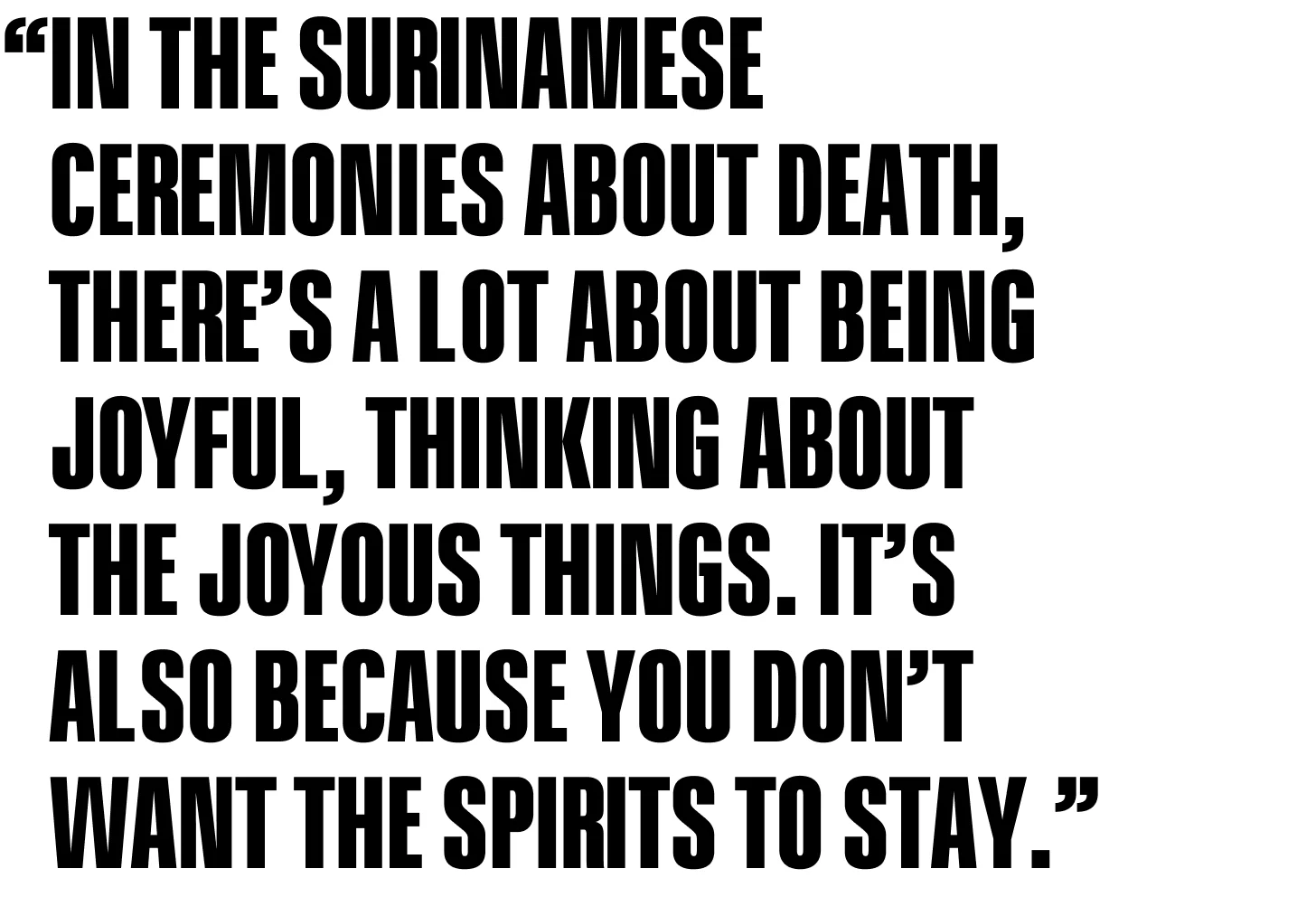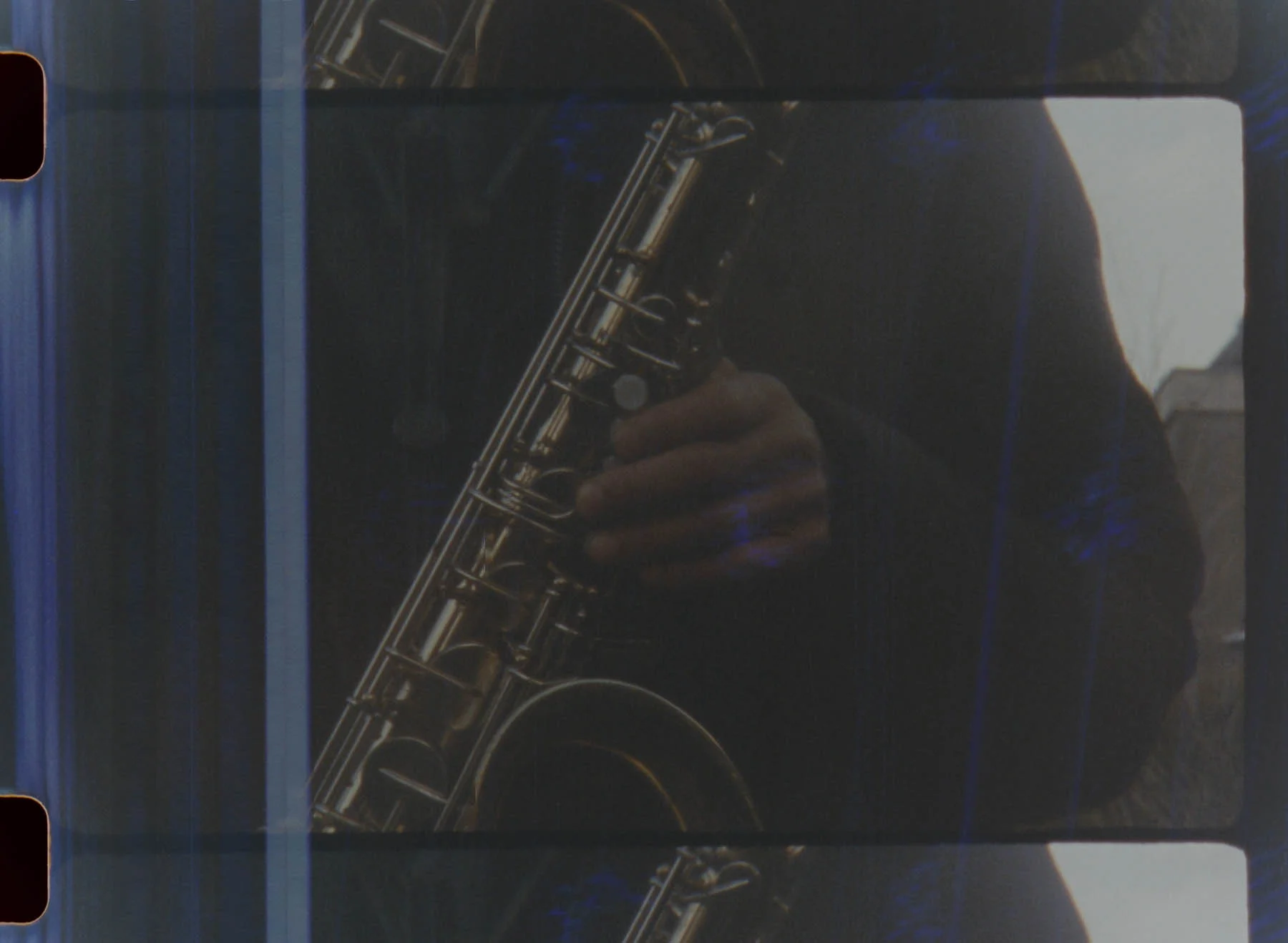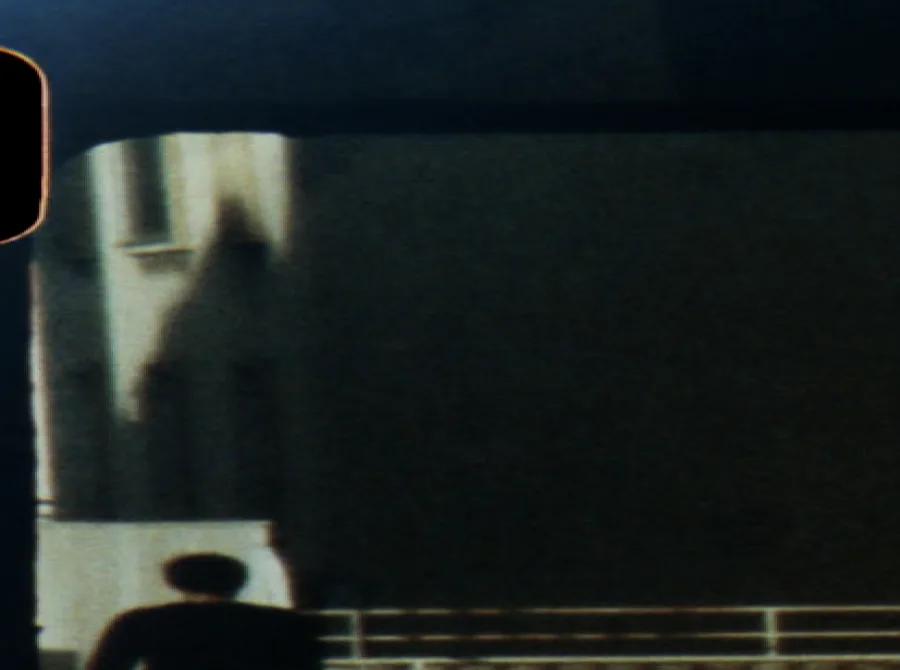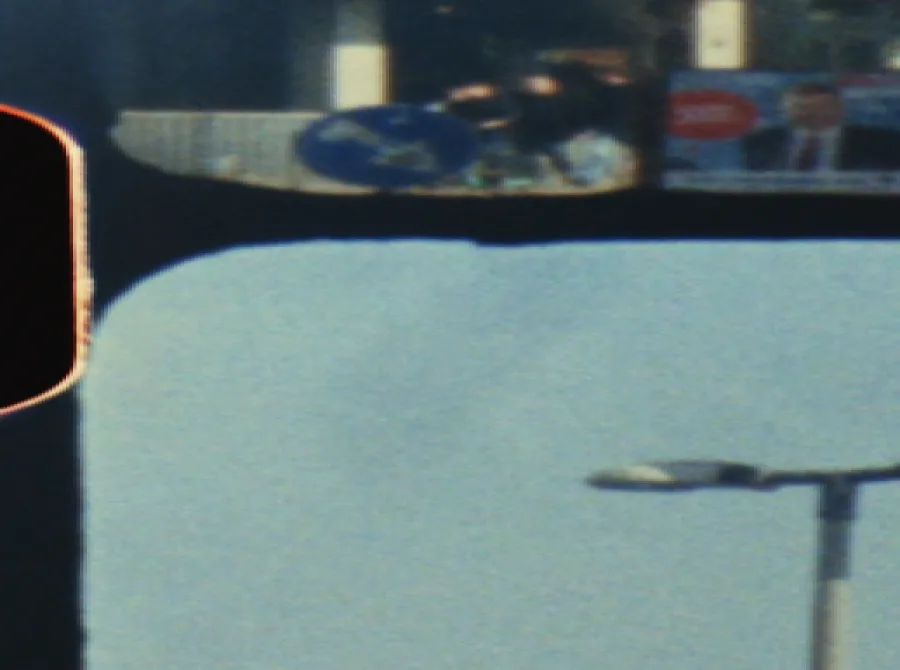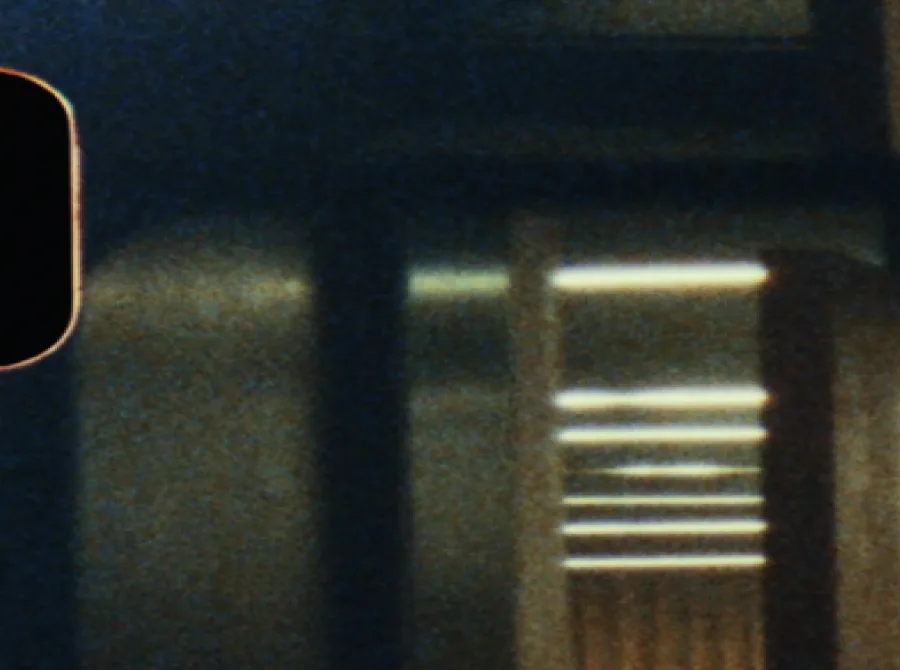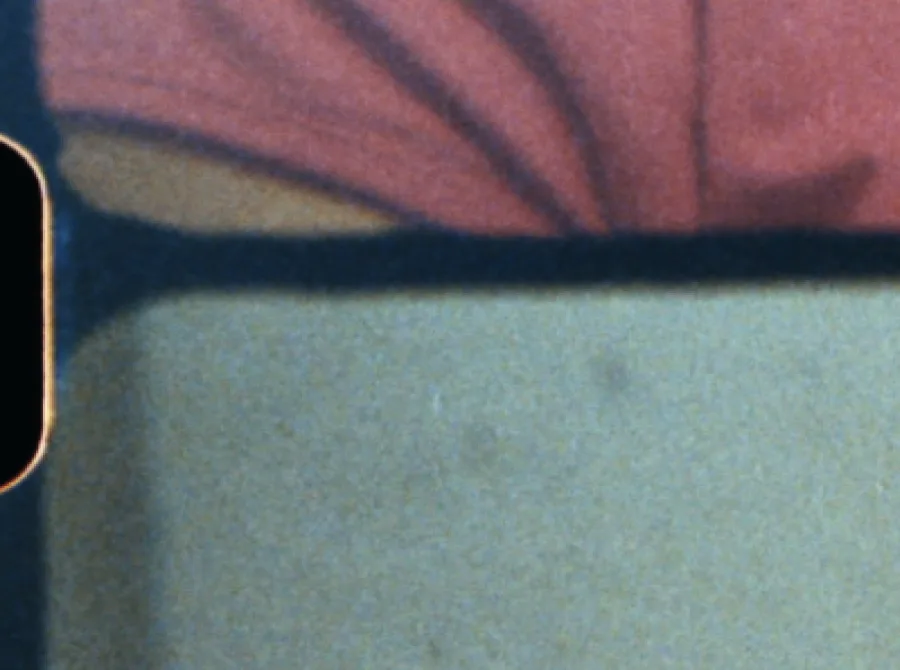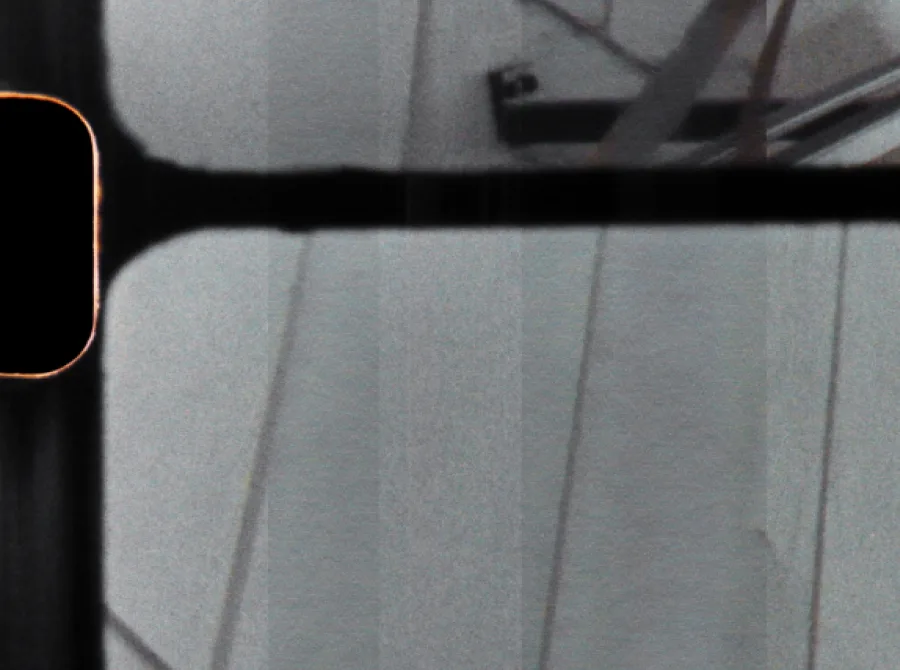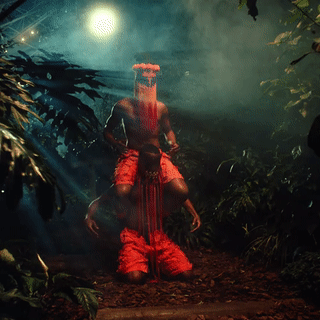
WePresent has partnered with the Barbican to co-commission Sierra Leonean artist Julianknxx's new multimedia film installation “Chorus in Rememory of Flight.” For this piece of work, the artist traveled around Europe, exploring largely untold stories of Black and African diasporic realities and collaborating with local musicians and choirs. The project will be on show in The Curve gallery at the Barbican, London from 14 September 2023 to 11 February 2024.
In this part of his European journey, Julianknxx traveled to Amsterdam and Rotterdam. Writer Debo Amon explores how we memorialize and remember ourselves beyond the continual failures of societal structures.


Our stories persist even when their structures fail us, nature holds us still,
in the passing of the wind.
— Julianknxx
In 1979 architect Siegfried Nassuth could give no more, so he left his office without a word of goodbye and resigned his dream. He had imagined a Modernist utopia cast in concrete and named it Bijlmermeer (Bijlmer). Located just outside of Amsterdam, this dream—a modernist city of concrete housing towers—took form in the late 60s. It was here, the point at which dream gave way to reality, that the problems began. Beset with issues from the outset, the initial and intended middle-class residents were dissatisfied with the delayed infrastructure and misjudged urban design. The initial excitement of this city of the future soon waned and much of its housing was left empty.
When those who have the privilege of choice abandon their dreams, what happens with what they leave behind? As with many colonial empires after the Second World War, a large number of people from the Netherlands’ current and former colonies moved to their colonial motherland. The vacant flats in Nassuth’s dream city, the Bijlmer, were now being occupied by a predominantly Black population from Surinam, who were not granted citizenship of the Kingdom of the Netherlands until the 1950s. The arrival of Black populations from Suriname and the Dutch Caribbean was not a welcome one by the white population of Bijlmer, nor their housing associations—it was not long after their arrival that Nassuth left Bijlmer altogether.
Bijlmer became a place for those who had no other recourse, from the LGBTQ community to guest workers from Turkey, Morocco, and Ghana. As is the story of white flight, the already existing problems with Bijlmer were made worse now that there was less political and social urgency to dedicate resources to the new communities that had arrived. This remained the case until tragedy brought Bijlmer and its residents into sharp focus for the government and society.
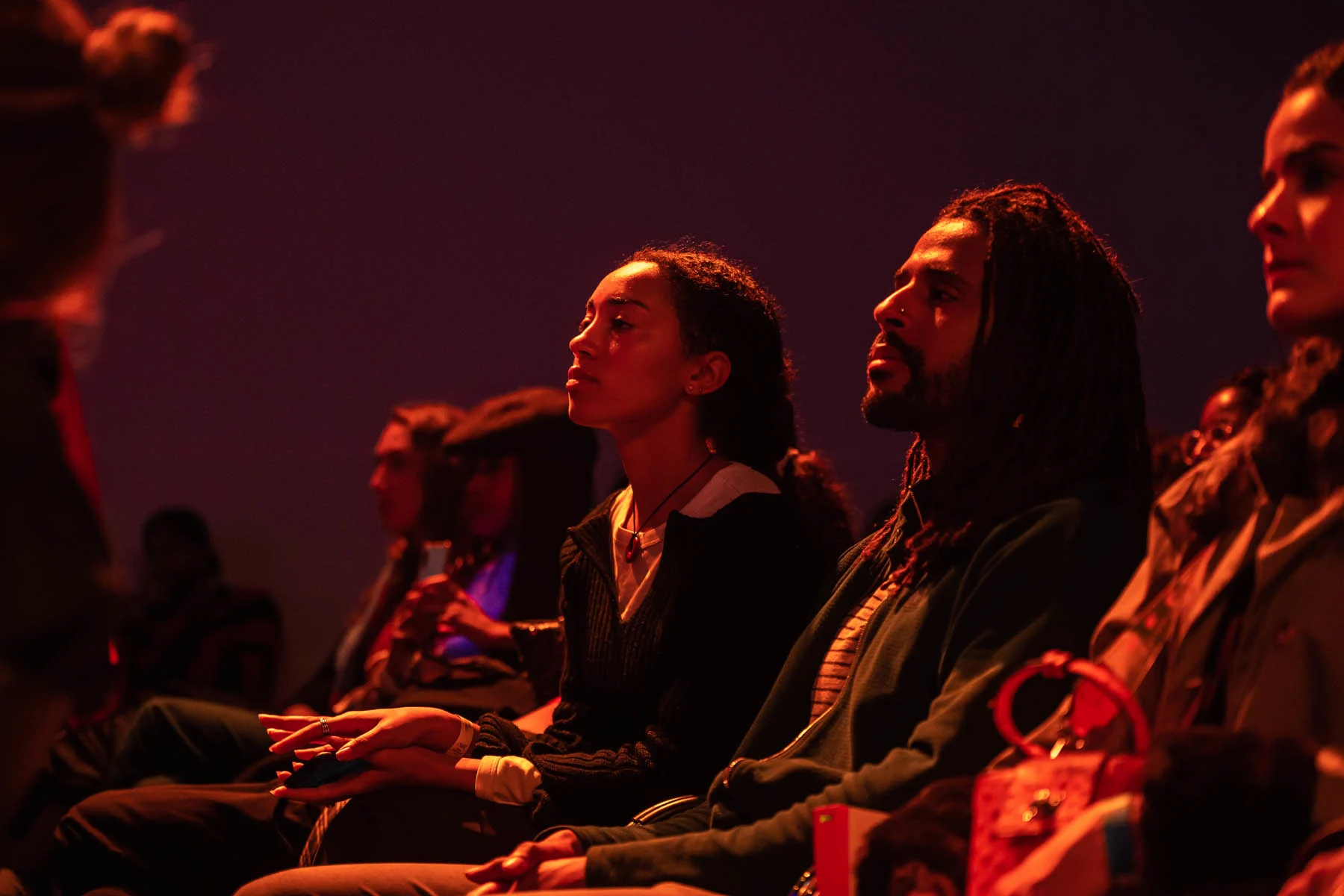
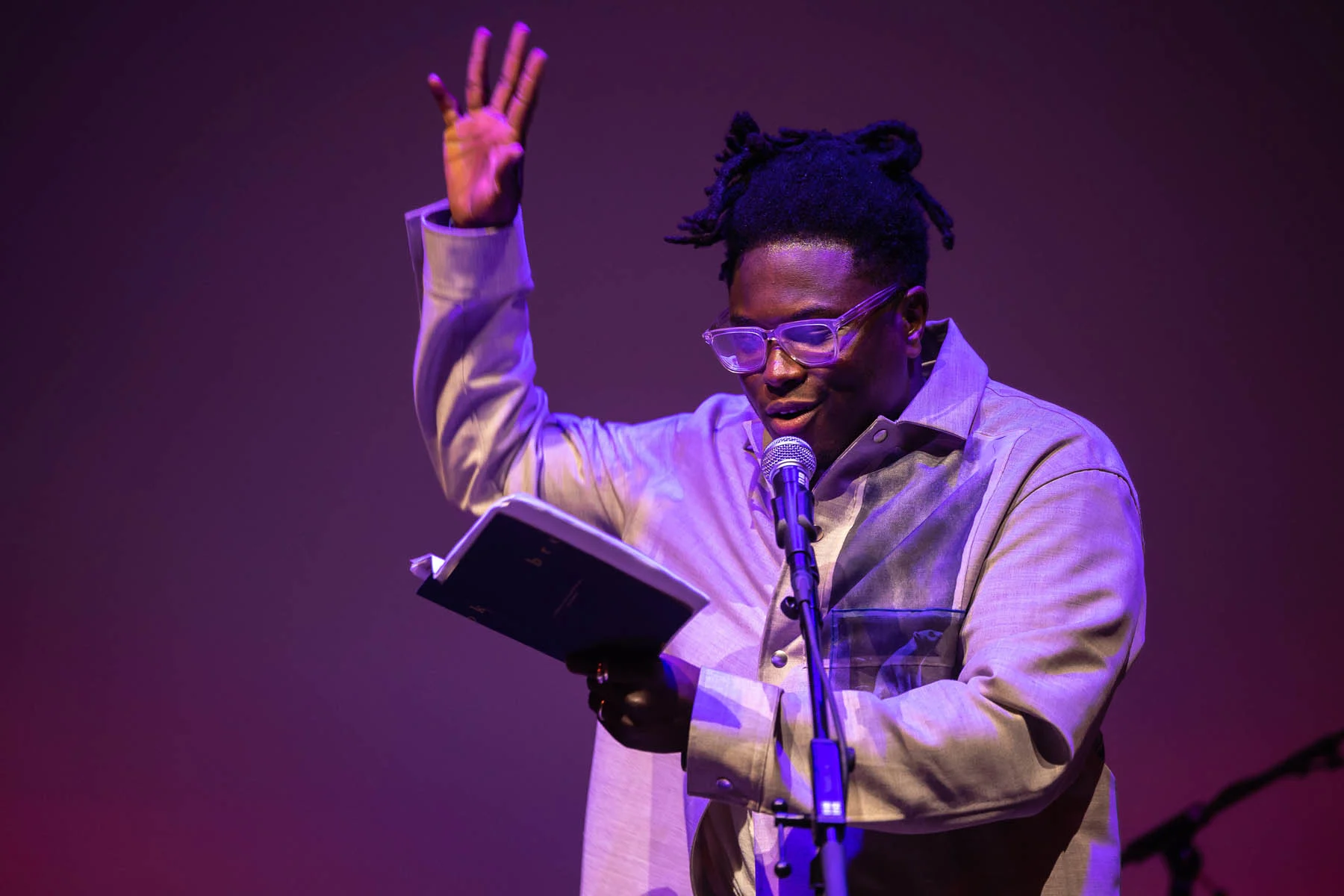

On October 4 1992, a cargo plane crashed into an apartment building at Bijlmer. By official counts the tragedy of El AI Flight 1862 left 43 people dead but it was likely more due to the high number of undocumented people living there. It was this tragedy that gave the authorities the final impetus to redesign Bijlmer and to engage with the local community. Yet now, after the devastation and reconstruction of both buildings and community, gentrification has brought disdain, negligence, and tragedy onto those who survived once again.
It’s here in this experience that Julianknxx reaches toward De Boom Die Alles Zag (The Tree That Saw Everything) as a starting point to explore how we memorialize and remember ourselves beyond the continual failures of societal structures.
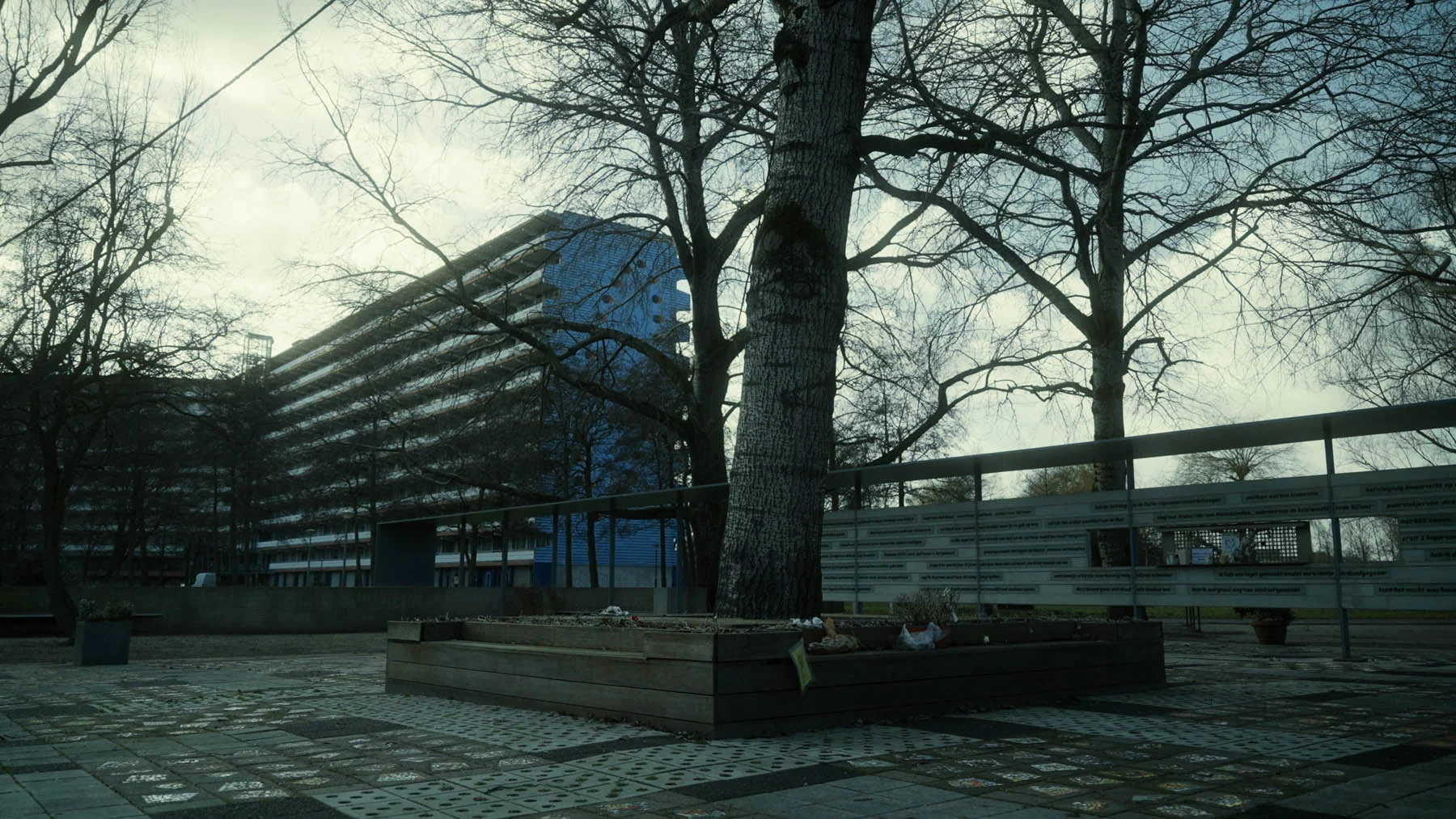
For all the things that struck me about Ryan Coogler’s film “Black Panther” (2018), it was the scene where our protagonist, King T’Challa, first visits the “ancestral plane” that sticks with me. He’s buried in red clay sand after drinking an elixir meant to return his Black Panther “powers”. Once buried he emerges in a vast grassland filled with acacia trees, the largest of which has five literal black panthers sitting in its branches. One of the panthers jumps down from the tree and transforms into his recently murdered father, the former King and Black Panther T’Chaka. This is a moment for T’Challa to commune with his father, seek advice and process his grief, to later emerge from the ancestral plane with his powers returned.
While visiting Bijlmer, Julianknxx spoke to artist, activist and trouble shooter of all kinds, Quinsy Gario. Quinsy talks of The Tree That Saw Everything as a monument, both in the significance given it by the survivors and community of Bijlmer, but also in the active support needed to care for the tree and by proxy the memories of those who imbue it with meaning.
I’ve never felt the pull some others do to trees. They never really spoke to me. I didn’t grow up hugging them or even climbing them. They were more an aesthetic feature of my urban landscape. But I see this image and know this one speaks. This tree, the one that saw everything, still stands despite the weight of all it knows. It tells tales of utopian dreams built in brutalism. It says they were nothing new, that dreams like those aren’t built for us, but as before, they stand on our backs and crumble at our doors. It asks for my name. Says it knows my roots. Says they had stretched here long before I arrived. I ask it of my ancestors. It says their yorka is in the next plane and their kra remains in our rituals.
From spiders, to alien heritage or just simply wealth, superhero films have many explanations for how heroes are bestowed with their powers and “Black Panther” follows a similar trajectory, yet by grounding its lore in this sort of ritual and ceremony, Black Panther’s superpowers are positioned just as much a result of his connection to his ancestors, in a system of reckoning and reconciliation with loss, grief and heritage. Ceremonies such as these are common through Black and African cultures. In her interview with Juliaknxx, Peggy Brandon, Director of Mocca Amsterdam and curator for the newly founded National Museum of Slavery in Amsterdam, talked of her father’s death, and how returning to Suriname to attend the traditional burial rituals helped her discover and reconnect with aspects of her Surinamese roots. Here is an abridged section of her interview:
Here Quinsy continues his conversation with Julianknxx talking about the practice of strict labeling, categorizing and defining in archives being one of violence in relation to Black peoples. He speaks on thinking beyond this practice toward a more tender form of remembering, as has been done with The Tree That Saw Everything.
Perhaps the tenderness that Quinsy Gario wished for us to remember can be found in the informalities of our rituals, in the way we live and evolve with each other and in the spaces we find ourselves. In this way, a convenience store becomes an archive, a tree a memorial, a wake a reconnection and with enough time a community can make a home. It’s what draws Julianknxx to the chorus as a motif that expresses communion, ritual and even transformation. So, how do we ensure a space and a future for our communities and informalities, in cities such as Amsterdam, Rotterdam and countless others? Unruly tenderness.
The Tree That Saw Everything is a form of memorial that circumvents official narratives, structures and control. I found this same spirit of unruly tenderness grounded in cultural connections when I listened to Julianknxx’s conversation with Rotterdam based Niteshop founder, designer and hip-hop futurist, Malique Mohamud. In talking about the origins of The Niteshop, a convenience store in Rotterdam that serves as a living archive for contemporary urban diasporic culture, Mohamud speaks about of wanting to create an institution built up out of what we call home:
“I was fascinated with neighborhood shops, mom and pop stores, cash and carries, etc, etc. In this post-colonial urban context where all these different ethnicities live in the same neighborhoods, that reality is reflected on the shelves of these types of shops. You can have couscous, bulgur, basmati, fufu, garri on the same shelf.”
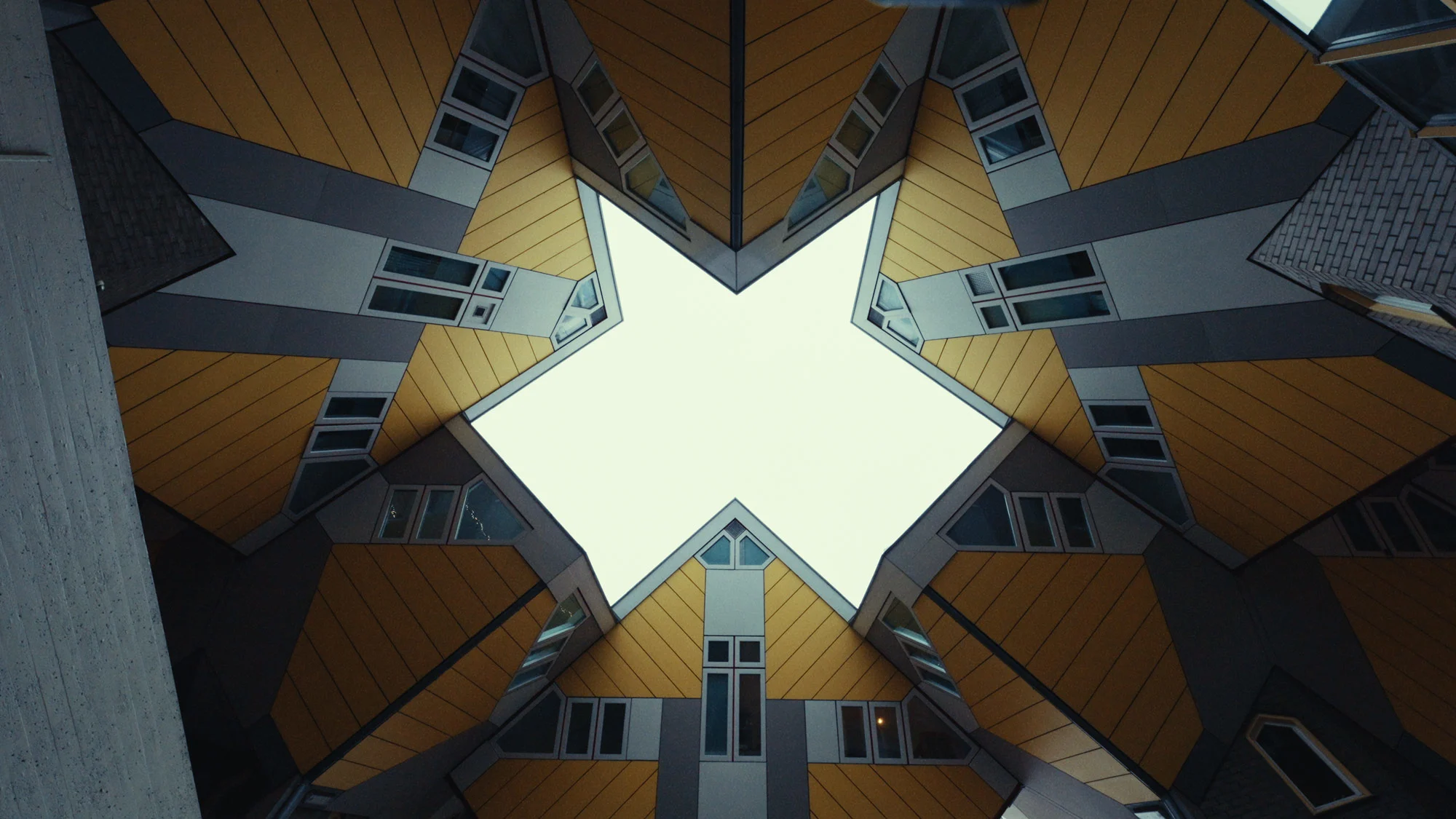
As with any convenience store, The Niteshop’s shelves are lined with products. But they’re not only products that are meaningful to those who inhabit the diaspora, they’re also art objects that have been inspired by the original products they take after, then “remixed” as Mohamud explains to address the new significance they have in their current contemporary contexts. He asked people in the community to put forth products they grew up with. Take the sugar loaf as an example.
“This, a sugar loaf, is used to sweeten tea and all that, but it’s [also] used at two specific moments in life. That’s when you ask the hand of your girl in marriage, or when someone has passed and you visit the family for condolences. The first generation imported these objects out of sheer necessity, as in “we need to continue life as we live back home”, and there’s always a few hustlers in the community that think “we can make that happen.” Then the object transforms in the diaspora, because it’s not just that ritual, it’s part of home, back home that you bring with you. This object also transforms through the generations. What it means to the first generation isn’t what it means to the second generation, and it isn’t what it means to the third generation. So what happens? What we try to do is position this object also as an object that addresses some post-colonial stress and mourning that is attached to migration.
Explore Julianknxx’s experiences in the seven cities he visited to make “Chorus in Rememory of Flight”

“Chorus in Rememory of Flight” has been co-commissioned by the Barbican and WePresent by WeTransfer in partnership with Calouste Gulbenkian Foundation and with support from De Singel.



